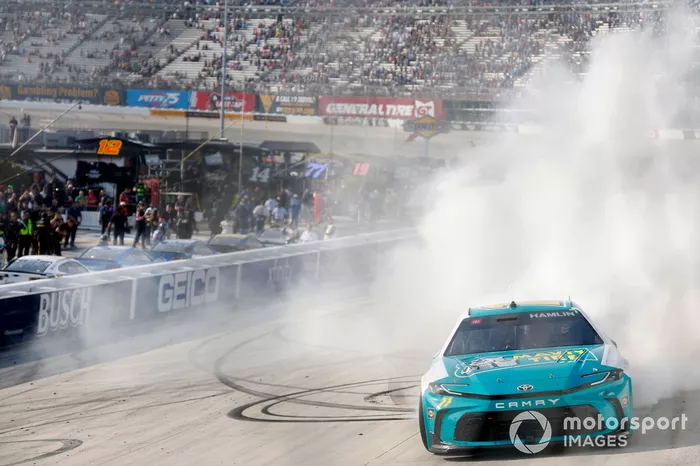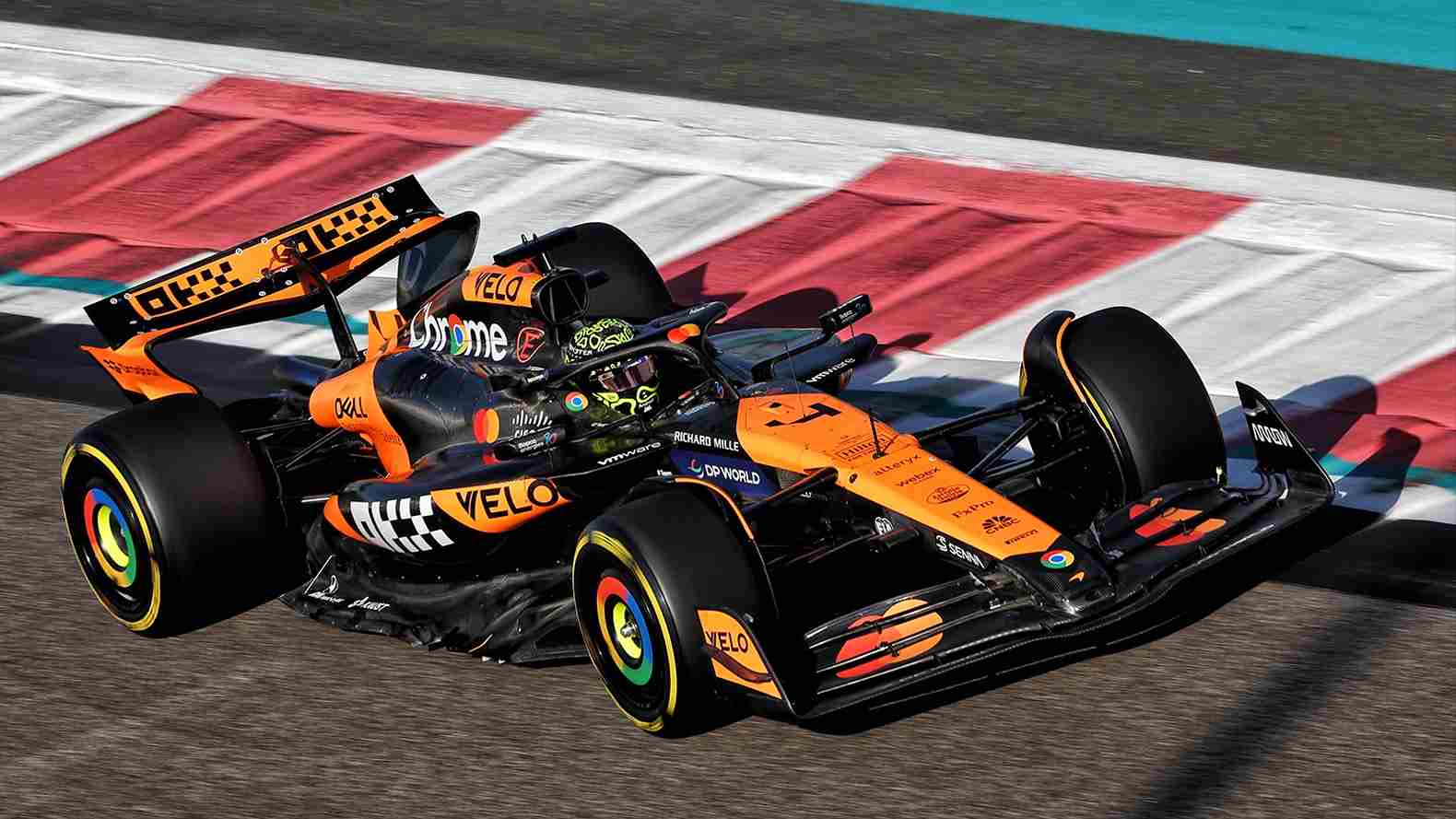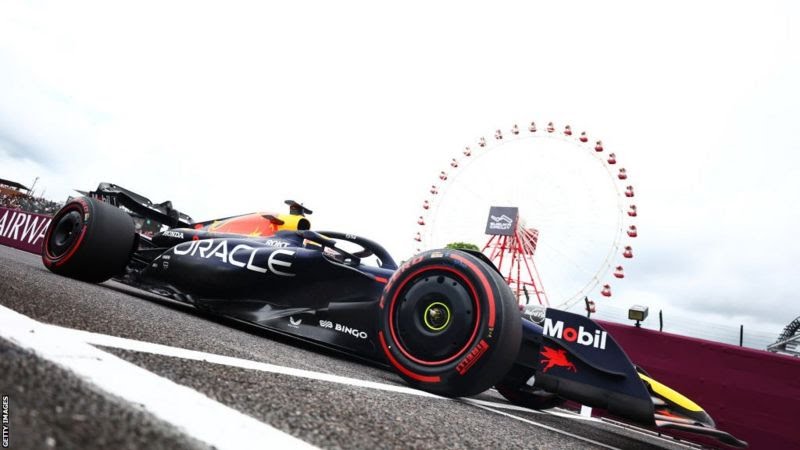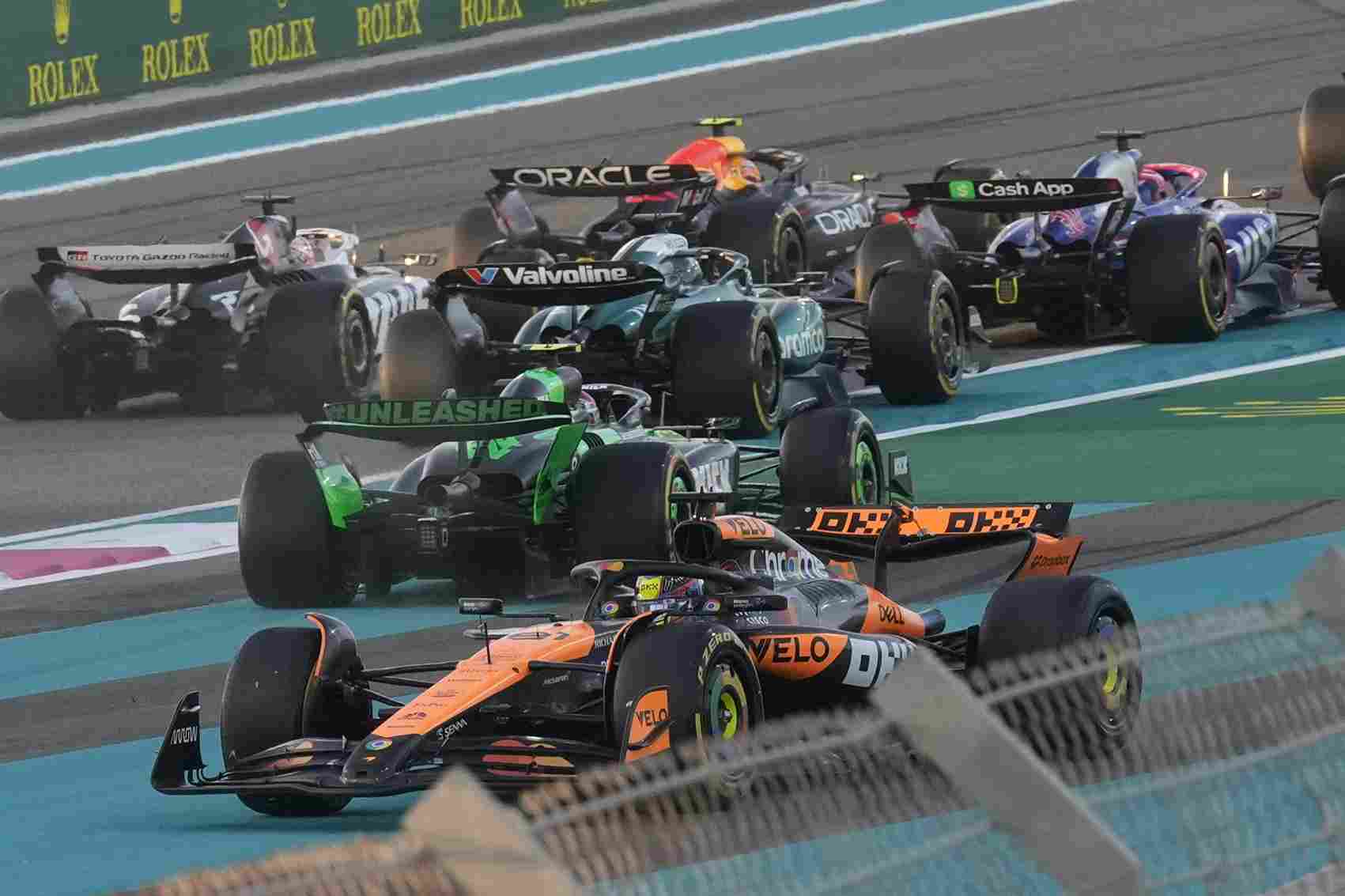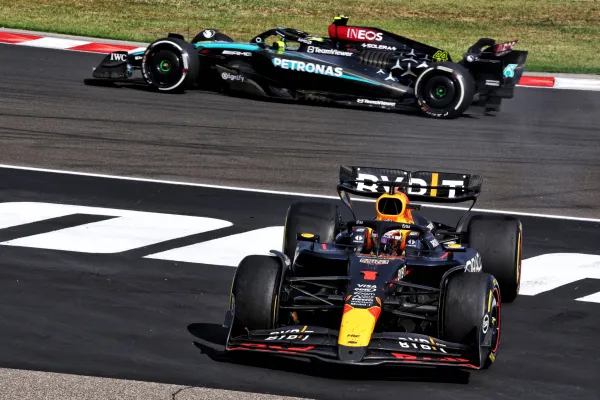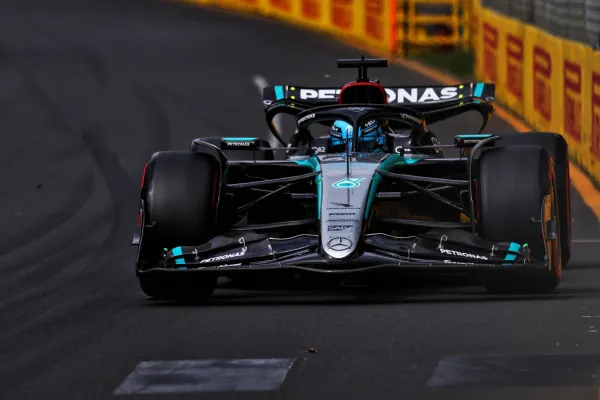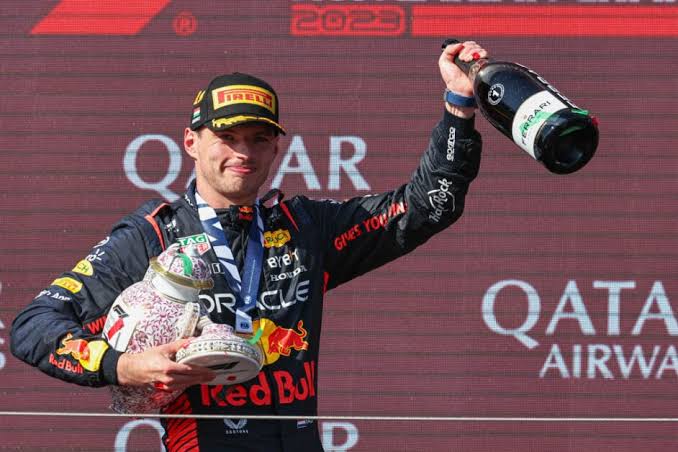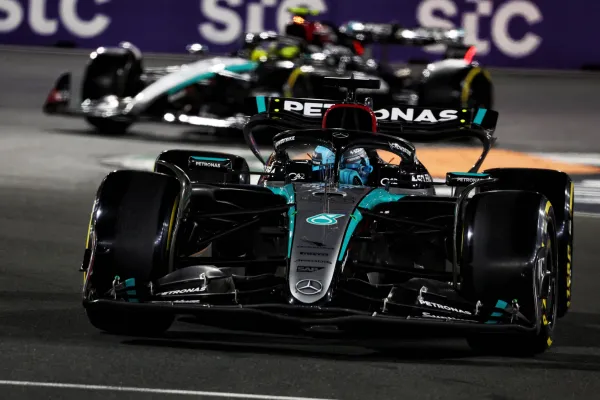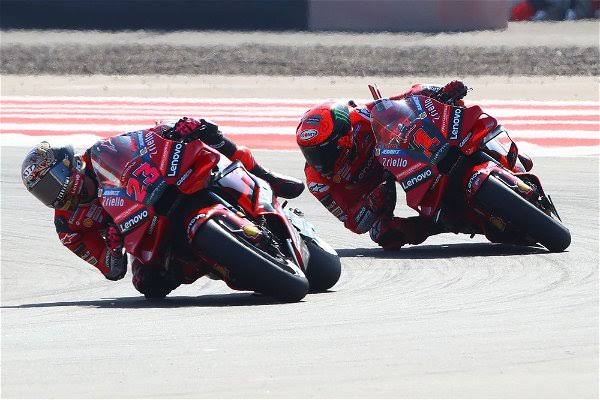Rivalry Renewed: Can Yamaha’s 2025 YZR-M1 Challenge Ducati And Honda?
The sport of MotoGP is renowned for its aggressive duels and cutting-edge developments as top manufacturers like Ducati, Honda, and Yamaha constantly challenge one another in pace and performance. With the 2025 season well underway, Yamaha’s YZR-M1 is poised to challenge Ducati’s dominance and Honda’s struggles. In this article, we look at the 2025 Yamaha YZR-M1’s tech specs, where Ducati and Honda are at in MotoGP now, and whether there is a realistic prospect of a successful challenge by Yamaha.
The 2025 YZR-M1 by Yamaha
The 2025 model year’s Yamaha YZR-M1 has excellent technical features designed to make it a track leader. They include:
Engine: The YZR-M1 is powered by a 1000cc inline four-cylinder engine with a cross-plane crankshaft. The design is famous for providing smooth power and stability that is crucial in maintaining constant speeds and control in races.
Power Output: The engine produces over 270 horsepower, or approximately 198.5 kW. This is necessary in an effort to be competitive with Ducati, who in recent years has been very competitive.
Chassis: The motorcycle features an aluminum twin-tube Delta Box chassis with adjustable geometry in several ways. The chassis design allows for handling flexibility and stability that is critical in handling changing track conditions.
Suspension: The YZR-M1 is equipped with Öhlins upside-down forks and a rear Öhlins shock that provides enhanced bump and cornering capability through superior damping.
Transmission: Six-gear cassette-style transmission allows for a range of gear ratios so that one can customize their setup to a specific track.
Braking System: The bike is fitted with high-performance Brembo brakes, including monobloc finned aluminum GP4 calipers at the front and a Brembo aluminum caliper at the rear.
Ducati’s Dominance in Moto
Ducati has dominated in MotoGP for several seasons, and their GP24 model has continued to impress in season 2025. Even though new engine and chassis specifications were planned for introduction in 2025, Ducati decided to stick with the tried and tested GP24 base due to its performance and reliability. This proves that Ducati is a conservative team that is not willing to compromise their competitive edge by introducing sweeping changes.
Key Points about Ducati’s Strategy:
Conservative Approach: Ducati chose not to implement the planned 2025 engine and chassis upgrades and instead tweaked the GP24 model. This is due to concerns over engine braking and a desire to have a solid base for their pilots.
Performance and Reliability: The GP24 has been a top-performing motorcycle with Ducati at the top of the standings. Reliability is key in maintaining a good position in the championship.
New Gearbox: While maintaining the GP24 base, Ducati introduced a newer-spec gearbox with a marginal potential for improvement in performance as well as gear-shifting efficiency.
Honda’s Struggles in MotoGP
Honda has struggled in recent years in the MotoGP series with their RC213V model unable to keep up with Ducati and, to a lesser extent, Yamaha. Despite their efforts to catch up, Honda’s performance has been disappointing, with their team not being able to consistently gain points. This has left Honda on the lowest rung of the MotoGP concession system that provides them with more flexibility in testing and development.
Key Points about Honda’s Situation:
Performance Issues: Honda’s RC213V has not performed as well as in previous years and has decreased in performance. This has resulted in Honda riders often being outside of points.
Concession System: Honda’s underperformance has pushed them to the bottom rung of the concession system, where they have greater freedom to experiment and test new parts. But this has so far not resulted in much improvement.
Coordination Problems: There are calls for better coordination between Honda’s engineers in order to address existing performance challenges and bring the team to a competitive level.
Yamaha’s Potential to Challenge
The partnership with Pramac Racing in 2025 is a strategic move to fortify their grid presence. With four factory-spec YZR-M1 bikes, Yamaha hopes to enhance their chances of overcoming Ducati’s dominance and surmounting Honda’s challenges.
Key Points about Yamaha’s Strategy:
Pramac Partnership: The Pramac partnership allows Yamaha to extend its grid presence and potentially improve its competitive strength through pooling resources and expertise.
Technical developments have been a focus at Yamaha in a bid to close the gap with Ducati. While recent performances have been mixed, there is hope that ongoing developments will improve things.
Rider Lineup: The performance of its riders will be a determining element in Yamaha’s success as well. Fabio Quartararo, who had a poor start to the season, remains a key figure in Yamaha’s quest.
Comparison with the Yamaha YZF-R1M
Though its flagship in the series is the YZR-M1 in MotoGP, its road-bred sibling is the YZF-R1M with similar technologies. The YZF-R1M features a 998cc inline-four with a crossplane crankshaft similar to that of the YZR-M1 with a direct throttle-to-rear wheel link. The engine technology from the MotoGP is employed here with exceptional handling and power delivery.
Key Features of the YZF-R1M:
Engine: 998cc crossplane inline-four with liquid cooling that provides a smooth and powerful ride.
Suspension: Electronic racing suspension by Öhlins for better handling and stability.
Aerodynamics: Carbon fiber winglets inspired by MotoGP improve downforce and stability in cornering and braking.
Electronics: Advanced electronics rider aids like a wireless ride-by-wire system enhance rider confidence and control.
The season in 2025 is a tricky one for Honda, Ducati, and Yamaha. Ducati is in a commanding position with its new GP24 model. Yamaha is poised to challenge with its technologically advanced YZR-M1 and greater grid presence. Honda has a lot of ground to make up with its RC213V model. During the season, it will be critical that Yamaha take advantage of its strength and improve on its weaknesses in an attempt to challenge Ducati and surpass Honda.
In a sport where innovation and strategic partnerships are paramount, such as in MotoGP, Yamaha’s challenge to convention will rely on its ability to enhance its motorcycle, optimize its rider team, and make the most of its new partnership with Pramac Racing. Whether or not Yamaha will be successful in reviving its duel with Ducati and overcoming Honda’s mishaps remains to be seen, but one thing is certain: 2025 is going to be a year full of intense competition and thrilling races.
Future Directions
With continued development of its YZR-M1 by Yamaha, focus will be placed on refining engine performance and chassis stability and on optimizing electronics. Working with Pramac Racing will be critical in providing more feedback and resources to further develop the motorcycle.
Possible Developments:
Engine Upgrades: Further engine upgrades by Yamaha are possible to enhance power and maintain reliability.
Aerodynamic Upgrades: Aerodynamic upgrades would introduce improved stability and downforce, such as that brought in by the YZF-R1M.
Electronic Systems: Continuous updating of electronic rider aids will be essential in maintaining a competitive edge.
Impact of Rider Performance
The success of Yamaha’s challenge will depend heavily on its riders’ performance. Fabio Quartararo is one of those riders who has already shown that he has the ability to compete at a top level, and consistency will be a major key to Yamaha’s challenge to Ducati.
Key Determinants of Rider Success:
Experience and flexibility: Riders must be able to adapt rapidly to changes in bicycle configuration and track conditions.
Physical conditioning: The physical demands of MotoGP necessitate that riders be in top condition at all times during the season. Being able to deal with pressure at a high level is dependent on mental preparation.
Conclusion and Future Directions
Yamaha’s 2025 YZR-M1 has a good prospect of dethroning Ducati and surmounting Honda’s current challenges in MotoGP. With a combination of innovative tech, strategic partnerships, and talented riders, Yamaha is ready for a triumphant season. However, success will require constant innovation, strategic decisions, and excellent performance by both machines and pilots. Over the course of the season, there will be thrilling racing and cutthroat competition as Ducati, Honda, and Yamaha each attempt to push the limits of what is possible in MotoGP. Whether or not the challenge by Yamaha is successful remains to be seen, but the groundwork is in place for a thrilling and unpredictable season.




